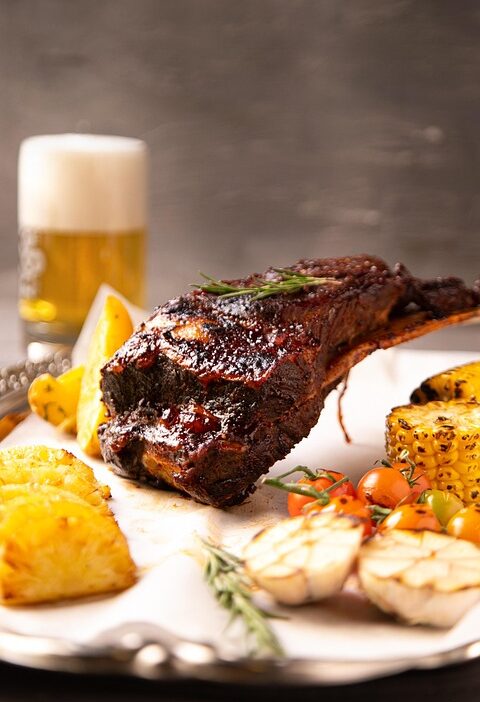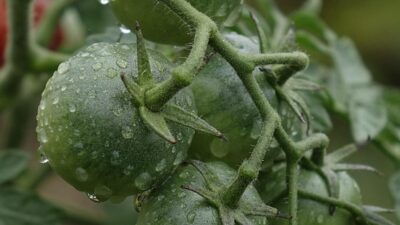In the world of culinary arts, presentation is just as important as flavor. Food stylists, the unsung heroes behind those mouth-watering images you see in cookbooks, magazines, and advertisements, possess a wealth of techniques that can elevate your culinary creations. Whether you’re a home cook or a budding chef, incorporating these expert tips can transform your dishes from ordinary to extraordinary.
1. Choose the Right Colors
Color is a powerful tool in food styling. Bright colors can invigorate a dish, while muted tones may convey a rustic integrity. To enhance the visual appeal:
- Incorporate a Palette: Use complementary colors. For example, the vibrant green of parsley can brighten a deep red marinara sauce.
- Play with Contrasts: Dark dishes look stunning on light backgrounds and vice versa. Experiment to find what works best for your specific dish.
2. Think About Texture
Texture adds depth to your plate and can make your food look more enticing. Consider these tips:
- Layer Your Ingredients: Instead of a flat presentation, stack or layer your food. This technique can add height and dimension, making the dish visually interesting.
- Mix Textures: Combine creamy elements with crunchy toppings. For instance, a velvety yogurt can be paired with granola for a pleasing contrast.
3. Use Natural Light
Lighting is crucial in food photography. Natural light creates soft shadows and highlights, which can bring life to your dish. Tips for maximizing natural lighting include:
- Shoot Near a Window: Place your food near a window to capture its natural hues.
- Avoid Direct Sunlight: Too much harsh light can wash out colors; opt for diffused light for the best results.
4. Choose the Right Props
The art of food styling goes beyond just the food itself; the serving dishes and utensils you choose can influence the overall look. Here are some strategies:
- Select Simple Dishes: Let your food take center stage. Use neutral plates that won’t overshadow the meal.
- Incorporate Garnishes: Fresh herbs, edible flowers, or seasonal fruits can add a pop of color and a touch of sophistication.
5. Mind the Composition
Just like a painting, the composition of your plate matters. Here are some pointers for arranging your food:
- Rule of Thirds: Imagine dividing your plate into a grid. Place key elements along these lines or at their intersections for a more balanced look.
- Negative Space: Don’t overcrowd your plate; negative space can help draw attention to the main elements.
6. Play with Height
Height can add drama to your presentation. Here’s how to implement it:
- Stack Ingredients: Layer ingredients or use skewers to elevate different components of the dish.
- Use Riser: Place smaller items on a slightly elevated base, creating an eye-catching effect that invites diners to explore the dish.
7. Experiment with Angles
The angle from which you photograph or present your food can dramatically alter its appearance. Try the following:
- 45-Degree Angle: This is often the most flattering angle for capturing the dimensions of a dish.
- Bird’s Eye View: Ideal for flat dishes, this perspective can showcase a variety of ingredients in a colorful spread.
8. Garnish Wisely
A thoughtful garnish can transform your dish from ordinary to gourmet:
- Edible Flowers and Herbs: Fresh herbs not only enhance flavor but also add visual appeal.
- Finishing Touches: A drizzle of balsamic reduction, a sprinkle of sea salt, or a dollop of crème fraiche can elevate your dish’s appearance.
Conclusion
Elevating your culinary creations doesn’t require formal training; with a few simple techniques inspired by top food stylists, you can significantly enhance the way your dishes look. Remember, vibrant colors, interesting textures, and thoughtful composition can transform a simple meal into a masterpiece. As you experiment and gain confidence in your food styling skills, you may find that the joy of cooking extends beyond just the flavors, encompassing the beauty of your culinary art. Bon appétit!



